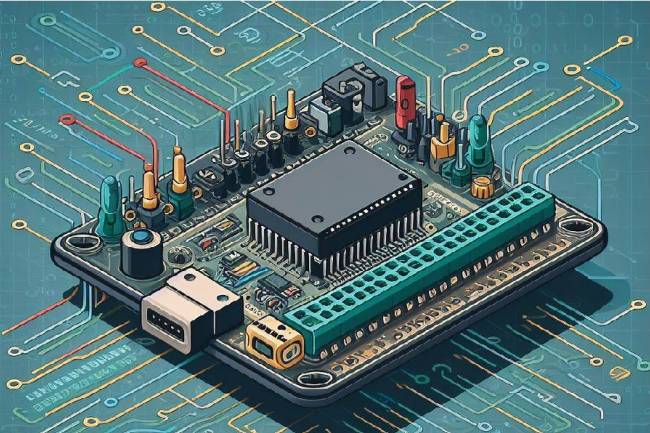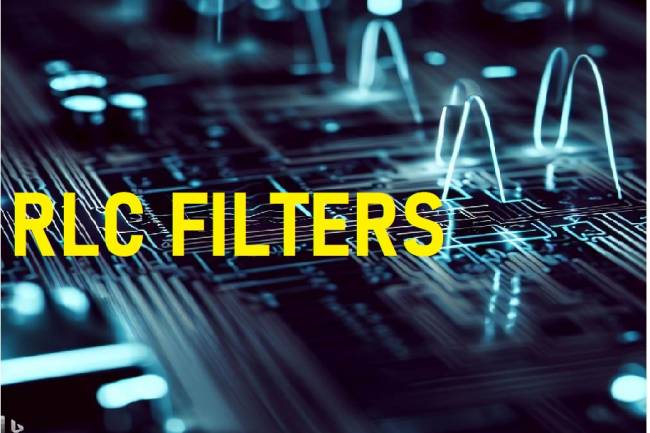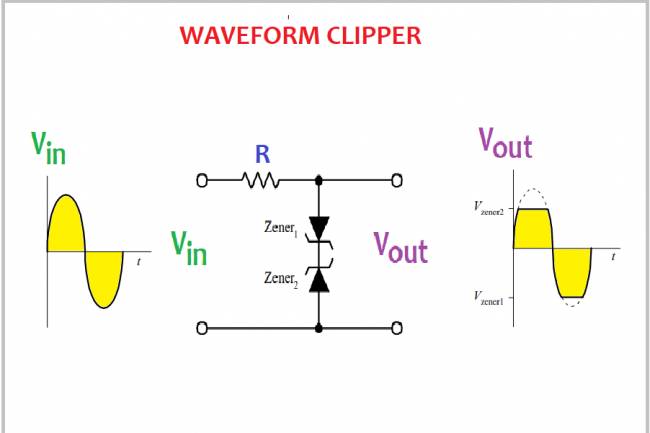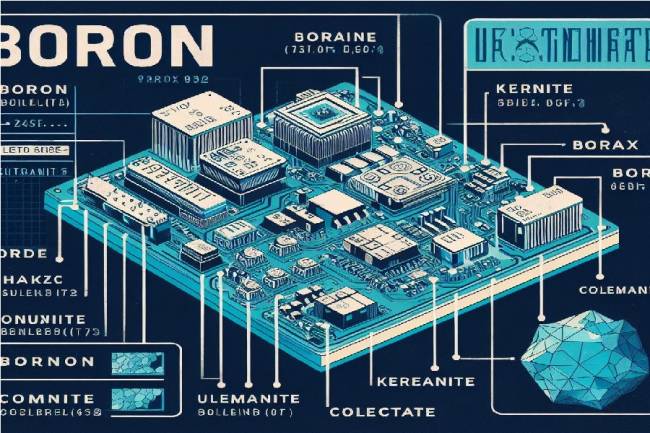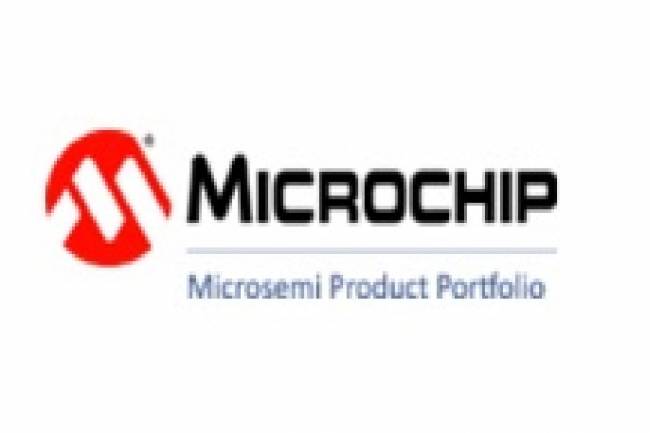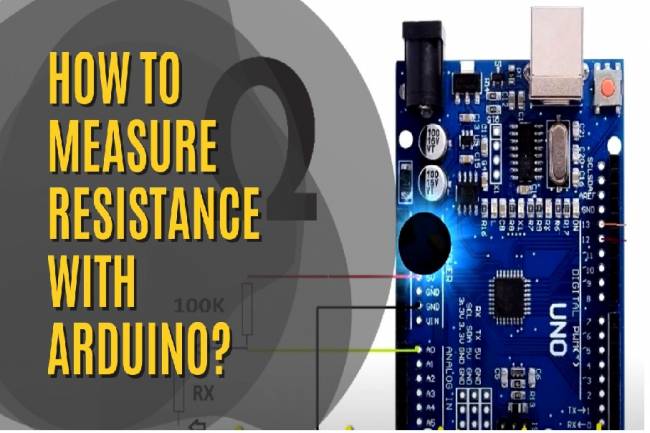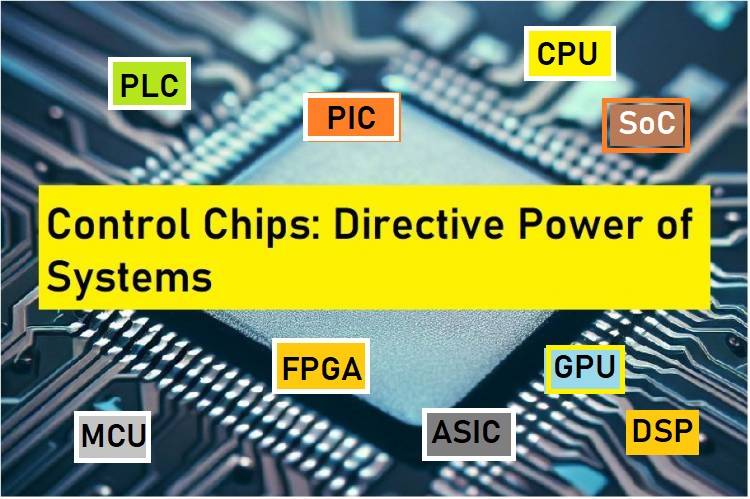
Control Chips: Directive Power of Systems
Many people encounter chips frequently in their daily lives, but these chips offer different application areas and capabilities. In this article, we will explore the differences between PLC, PIC, MCU, CPU and similar chips and other similar chip types such as FPGA, DSP, GPU, ASIC and SoC.
PLC (Programmable Logic Controller)
PLC is a special chip used in industrial automation systems. It provides control of industrial machines and processes. PLCs have multiple digital and analog input/output ports. It is suitable for complex control tasks and is durable.
PIC (Peripheral Interface Controller)
PIC is a family of microcontrollers produced by Microchip Technology. It is used in applications requiring low cost and low power consumption. It is generally preferred for simple control tasks in embedded systems.
MCU (Microcontroller Unit)
MCU is a microcontroller unit usually found in embedded systems or portable devices. It offers low power consumption, small dimensions and flexibility to suit specific applications.
CPU (Central Processing Unit)
CPU is the basic processor of computers. It is designed for computers that require high performance computing. It is very fast and has large memory capacity.
FPGA (Field-Programmable Gate Array)
FPGAs are chips made up of programmable logic gates. They are used to quickly implement and customize custom logic design. They are ideal for hardware acceleration and prototyping.
DSP (Digital Signal Processor)
DSPs are chips optimized for digital signal processing. It is used in audio, image and signal processing applications. It offers high-speed data processing capabilities.
GPU (Graphics Processing Unit)
GPUs are high-performance chips designed for graphics processing. It is also used in general purpose calculations. It is especially important in artificial intelligence and deep learning applications.
ASIC (Application-Specific Integrated Circuit)
ASICs are integrated circuits specifically designed for a particular application or function. It is used in applications that require high performance and low power consumption.
SoC (System on a Chip)
SoCs are integrated circuits that combine many components on a single chip. They are ideal for mobile devices, smart home systems and embedded systems.
Each type of chip serves a specific purpose and is designed for different application areas. For example, PLC is suitable for industrial control while GPUs focus on graphics processing. These chips are constantly evolving with technological advances, opening up more possibilities for new applications.



